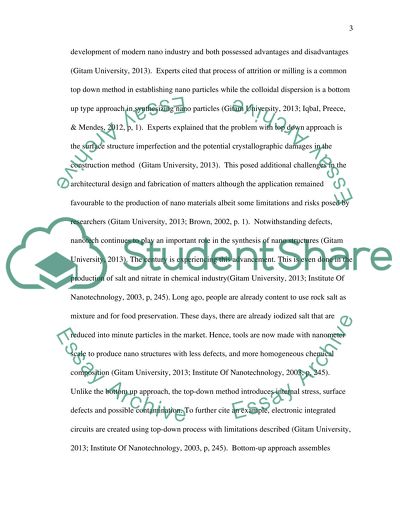Cite this document
(“Nanotechnology Essay Example | Topics and Well Written Essays - 1500 words”, n.d.)
Retrieved from https://studentshare.org/physics/1465815-nanotechnology
Retrieved from https://studentshare.org/physics/1465815-nanotechnology
(Nanotechnology Essay Example | Topics and Well Written Essays - 1500 Words)
https://studentshare.org/physics/1465815-nanotechnology.
https://studentshare.org/physics/1465815-nanotechnology.
“Nanotechnology Essay Example | Topics and Well Written Essays - 1500 Words”, n.d. https://studentshare.org/physics/1465815-nanotechnology.


